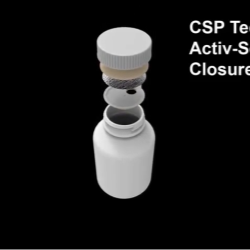Public
Aptar CSP News
Aptar CSP Technologies Documents
Aptar CSP Technologies Locations
Aptar CSP Technologies Videos
Subsidiaries
Maxwell Chase Technologies
If this is your company, CONTACT US to activate Packbase™ software to build your portal.


The challenge
Free water can lead to ice formation, filter blockages and consequent engine failure, and also can allow microbial growth in fuel tanks, which can cause fuel spoiling, filter blocking, and corrosion damage. For more than 50 years, operators across the world have relied on the Shell Water Detector to check their aviation fuel for dispersed water that cannot be detected by visual inspection.
Custom formulation & desiccant-lined vial design
The Shell Water Detector is used to undertake more than 13 million tests each year on Jet A1 fuel in virtually every country in the world. Baltimore Innovations Limited, specialists in incorporating desiccants into protective packaging, approached U.K.-based B.H. Brawn & Co. Ltd. with the idea of enhancing the device with the help of CSP Technologies. For over a decade, Baltimore Innovations had been supplying Brawn with small 0.5 silica gel desiccant sachets that were inserted at one end of the tube. Baltimore Innovations proposed the idea of working with CSP Technologies to develop a desiccant-lined vial that would negate the need for a sachet to be inserted.
Replacement of screw-top tube with easy-to-open flip top
Once Brawn gave the green light to proceed, the companies worked closely on the development of the desiccant-lined vial — aiming for both cost efficiency and enhanced product performance. Samples of the aluminum tubes currently in use were closely examined by all three companies, who jointly decided that it would be prudent to create a bespoke custom-built vial. The result, an innovative easy-to-use, one-piece, flip-top design with increased capacity, enhanced product protection and improved sampling efficiency.
Challenges: efficacy, safety, quality control
In the first phase of evaluation of the new CSP Technologies vial, tests proved that the formulation of desiccant type and the level was too aggressive: it caused the test detector paper inside the water test device to ‘dry out’ and change color, making the device unfit for use. CSP Technologies’s Auburn, Alabama-based Research & Development Team was brought in to construct a series of experimental models and potential formulations — including a different type of desiccant and a slower adsorption profile — toward the goal of maintaining the correct level of humidity in the vial.
Another challenge involved a need for a vial to comply with strict quality assurance standards in a purpose-built, humidity-controlled facility. The device also needed to achieve ISO 9001:2008 accreditation for quality management, which covers manufacture, assembly, packaging and supply. Given the role the Shell Water Detector plays in delivering assurance to the aviation industry, the product had to be delivered and stored in perfect condition.
Custom printing operation given unique requirements of the application
CSP Technologies also played a key role in identifying the machinery and equipment needed to place special printing onto the plastic tube capable of withstanding harsh use on the airfield — keeping in mind that kerosene is a powerful solvent that would ordinarily dissolve the print, removing critical data including expiration dates.
Enhanced product quality
The success of this complex, multi-year process was attained through significant cooperation between all parties involved. Baltimore Innovations served as the catalyst for change and innovation but all three companies worked closely together to make the switchover from the old product to the new product go smoothly, maintaining timeliness of production and avoiding any interruption to supply.
The true test was that in the end, Shell was more than willing to proudly place its globally recognized name and logo on the new packaging. In its marketing materials, Shell advocates the Detector’s high quality assurance and new, easier-to-use packaging.
Benefits
- Easy-to-open, flip-top design
- Increased tube capacity, 8 to 10 capsules per tube
- Improved moisture protection, especially humidity
- Reduced packaging waste, no removable sachet
- Enhanced product protection


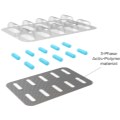

.jpg)
.jpg)
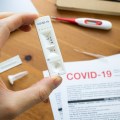
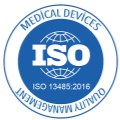
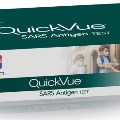


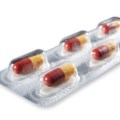
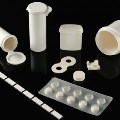
.jpg)
.jpg)
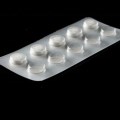
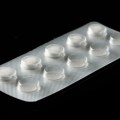
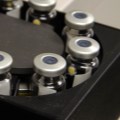

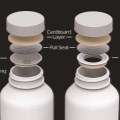
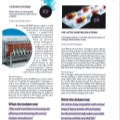
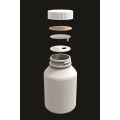
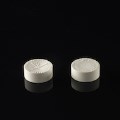

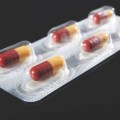



.jpg)





.png)

